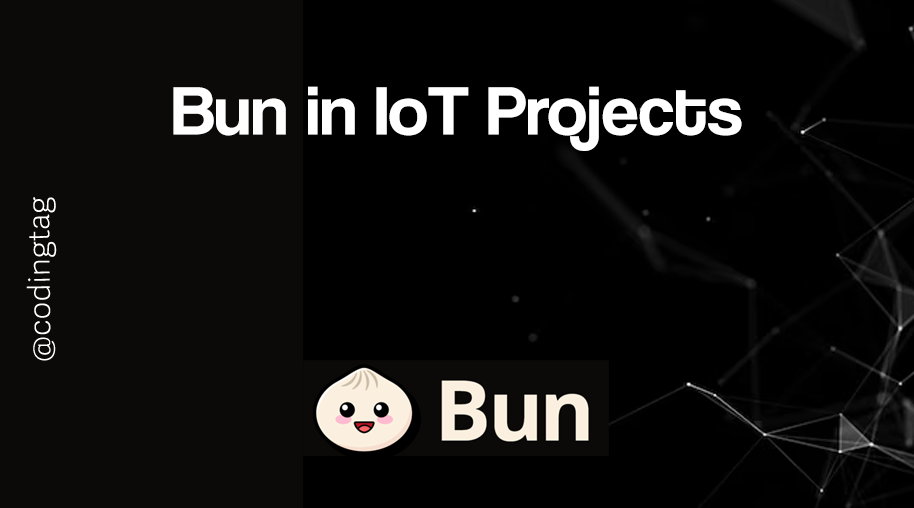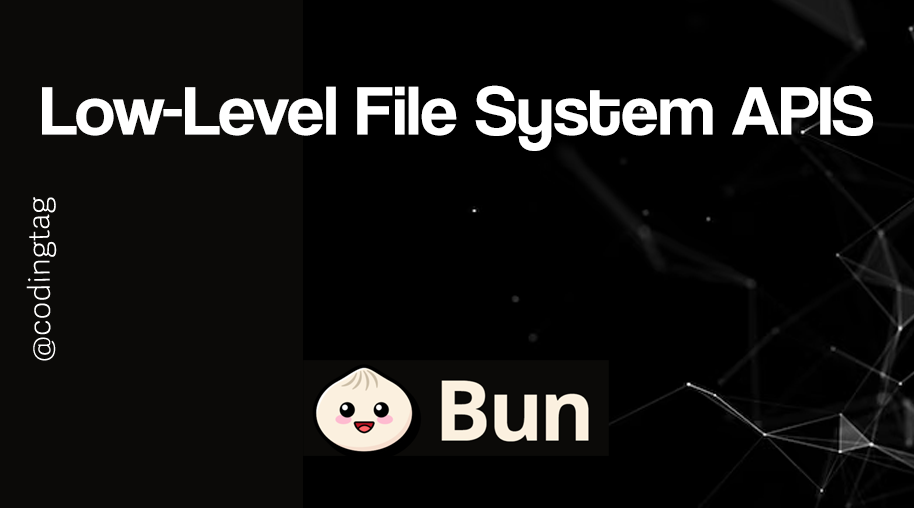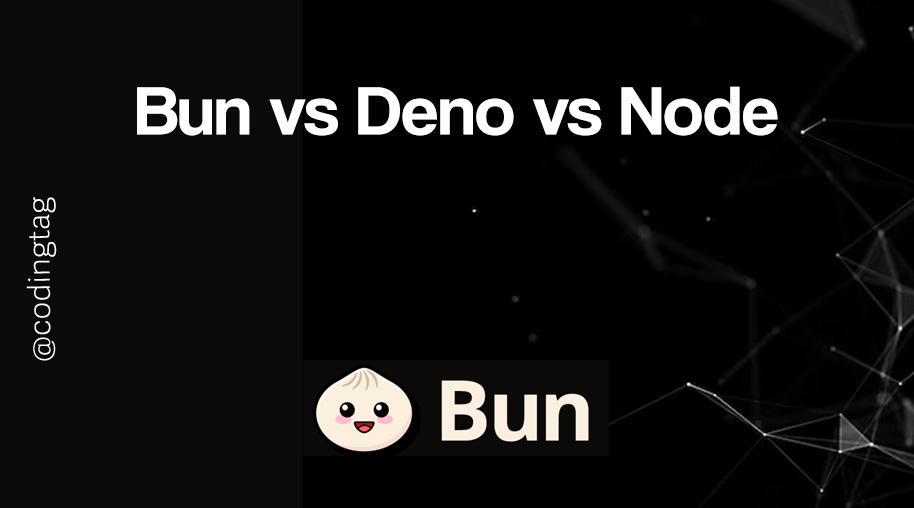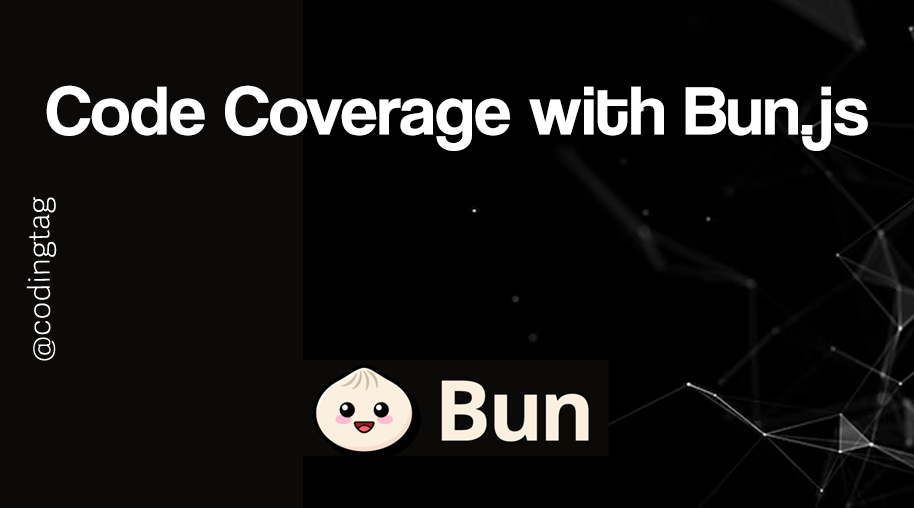Cloud Deployment Bun
0 1118
☁️ Introduction: Why Cloud Deployment for Bun?
Bun is blazing fast and easy to work with — but deploying it to the cloud is where things get exciting. Whether you're building APIs, full-stack apps, or server-side utilities, deploying Bun to the cloud can make your app available, scalable, and production-ready.
🧰 What You’ll Need
Before we get started, make sure you have:
- ✅ A Bun project ready locally
- ✅ A cloud provider account (e.g. Vercel, Railway, Render, AWS, or Fly.io)
- ✅ GitHub/GitLab repository connected to your app (optional but useful)
🔧 Option 1: Deploying Bun on Railway 🚆
Railway is a powerful cloud platform that supports Docker and custom environments.
You can easily deploy a Bun app using Railway's Dockerfile method.
# Dockerfile for Bun App
FROM oven/bun
WORKDIR /app
COPY . .
RUN bun install
CMD ["bun", "index.ts"]
Connect your GitHub repo in Railway, point it to this Dockerfile, and your app is live in seconds.
Don’t forget to set your Bun app’s port (usually 3000).
🌍 Option 2: Deploying to Vercel (Experimental)
Vercel doesn’t officially support Bun (yet), but you can still deploy static Bun apps or APIs written using frameworks like Hono or Elysia with edge runtime.
// vercel.json
{
"functions": {
"api/index.ts": {
"runtime": "edge"
}
}
}
Keep your logic in api/index.ts and use a Bun-compatible syntax that doesn’t rely on Node internals.
🐳 Option 3: Deploying on AWS EC2 with Docker
If you prefer control and scalability, AWS EC2 is perfect. Here’s how:
- 🔐 SSH into your EC2 instance
- 🐳 Install Docker:
sudo apt install docker.io - 📦 Copy your Bun app and Dockerfile
- 🚀 Build and run container:
docker build -t bun-cloud-app . docker run -d -p 80:3000 bun-cloud-app
⚙️ Option 4: Render Deployment 🧪
Render supports custom Docker deployments and even auto-builds. Just link your repo and provide a valid Dockerfile.
Example Render configuration:
- Environment: Docker
- Start Command:
bun index.ts - Port:
3000or whatever you use
✈️ Option 5: Fly.io with Bun
Fly.io supports full Node/Bun apps through Docker and even has edge location support.
Example fly.toml:
# fly.toml
app = "bun-app"
[env]
PORT = "3000"
[[services]]
internal_port = 3000
protocol = "tcp"
[[services.ports]]
handlers = ["http"]
port = 80
Then run:
fly launch
fly deploy📁 Sample Folder Structure
my-cloud-bun-app/
├── Dockerfile
├── index.ts
├── bun.lockb
├── package.json
└── README.md
🔒 Tips for Production Deployment
- 🔐 Use environment variables to store secrets (API keys, DB URLs)
- 🧪 Add health checks to monitor uptime
- 📈 Use logging libraries or cloud logging (e.g., Logtail, Datadog)
- 🛡️ Always restart apps using PM2 or Docker restart policies
✅ Final Thoughts
Cloud deployment for Bun is still a developing space, but with the right setup (mostly Docker-based), it's powerful, fast, and simple. Whether you’re deploying to Railway, AWS, or Fly.io, Bun apps run effortlessly and scale well.
As Bun’s ecosystem grows, expect more native integrations with platforms like Vercel and Netlify. Until then — Docker is your best friend.
Happy deploying! 🚀
If you’re passionate about building a successful blogging website, check out this helpful guide at Coding Tag – How to Start a Successful Blog. It offers practical steps and expert tips to kickstart your blogging journey!
For dedicated UPSC exam preparation, we highly recommend visiting www.iasmania.com. It offers well-structured resources, current affairs, and subject-wise notes tailored specifically for aspirants. Start your journey today!

Share:







Comments
Waiting for your comments